1. What is LL-37?
Follistatin is a naturally occurring protein that acts as a potent inhibitor of myostatin, a negative regulator of muscle growth. By binding to and neutralizing myostatin, Follistatin promotes muscle growth, regeneration, and strength. It plays a significant role in regulating follicle-stimulating hormone (FSH) and other reproductive functions. Follistatin has been researched for its potential applications in treating muscle-wasting diseases, enhancing athletic performance, and combating age-related muscle loss.
2. LL-37 Structure
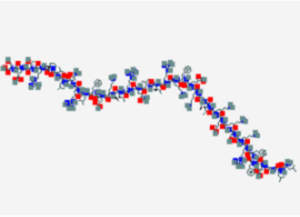
【pictures linking,https://pubchem.ncbi.nlm.nih.gov/compound/16198951】
Sequence:-Leu-Leu-Gly-Asp-Phe-Phe-Arg-Lys-Ser-Lys-Glu-Lys-lle-Gly-Lys-Glu-Phe- Lys-Arg-lle-Val-GIn-Arg-lle-Lys-Asp-Phe-Leu-Arg-Asn-Leu-Val-Pro-Arg-Thr-Glu-Ser
Molecular Formula: C205H340N60O53
Molecular Weight: 4493.342 g/mol
PubChem CID: 16198951
CAS Number:154947-66-7
Synonyms:CAP-18,Cathelicidin, antibacterial peptide LL-37
3. LL-37 Research
LL-37 is a cationic host defense peptide (HDP) derived from the human cathelicidin antimicrobial peptide precursor (hCAP-18). It is one of the only human cathelicidins expressed across epithelial barriers, immune cells, and injured tissues. LL-37 is renowned for its broad-spectrum antimicrobial properties, immunomodulation, and role in tissue regeneration and wound repair.
Unlike conventional antibiotics, LL-37 not only kills pathogens but also modulates immune responses, promotes angiogenesis, and enhances epithelial barrier function, making it a leading candidate in post-antibiotic era research.
【1】Antimicrobial & Antiviral Function
Disrupts microbial membranes via electrostatic binding, leading to cell lysis
→ Mechanism overview – NIH【https://pubmed.ncbi.nlm.nih.gov/12756267/】
Active against Gram-negative, Gram-positive, and fungal organisms
Demonstrates antiviral activity against influenza, herpes simplex virus, RSV, and even SARS-CoV-2
→ LL-37 vs viruses – MDPI【https://www.mdpi.com/1422-0067/21/15/5561】
【2】 Immunomodulation
Acts on TLRs, macrophages, and dendritic cells to promote balanced inflammation
Reduces pro-inflammatory cytokines like IL-6, TNF-α, while enhancing IL-10 (anti-inflammatory)
Enhances recruitment of neutrophils and monocytes to sites of injury, accelerating early immune response
→ Immune effects – Frontiers in Immunology【https://www.frontiersin.org/journals/immunology/articles/10.3389/fimmu.2020.00029/full】
【3】Wound Healing & Tissue Regeneration
Increases fibroblast proliferation, angiogenesis, and epithelial cell migration, critical for wound closure
Enhances collagen synthesis and extracellular matrix remodeling
Improves healing in diabetic ulcers, pressure sores, and burn injuries
→ Wound healing – PLOS One【https://journals.plos.org/plosone/article?id=10.1371/journal.pone.0187265】
【4】 Barrier Reinforcement & Gut-Lung Axis
Supports mucosal defense in lungs and gut by reinforcing epithelial junctions
Inhibits bacterial invasion in IBD and chronic airway diseases
LL-37 gene expression is often downregulated in Crohn’s disease and ulcerative colitis
【5】 Neurological & Autoimmune Modulation (Emerging)
Preliminary studies suggest a role in multiple sclerosis (MS) and neuroinflammation, via microglial modulation
Shown to reduce pro-inflammatory cytokines in the CNS and support blood-brain barrier (BBB) stability
✅ Why Consider LL-37?
🦠 Broad-spectrum antimicrobial, antifungal, and antiviral coverage
🧬 Modulates immune response instead of suppressing it
🩹 Accelerates wound healing, collagen synthesis, and vascular growth
🌬️ Improves lung and gut mucosal defenses
🧠 May reduce neuroinflammation and protect CNS integrity
🔬 Ideal for chronic wounds, IBD, post-viral lung injury, and infection-prone individuals
4. Future LL-37 Research
A. Advanced Infectious Disease Therapies
Multidrug-resistant bacteria (MRSA, Pseudomonas): LL-37 is being investigated as an adjunct or alternative to antibiotics, especially for biofilm-related infections
Pulmonary delivery systems (inhalable LL-37) for chronic bronchitis, post-COVID fibrosis, and pneumonia
→ Pulmonary LL-37 delivery – Pharmaceutics【https://www.mdpi.com/1999-4923/13/4/559】
B. Cancer Therapeutics
Exhibits dual role: suppresses tumorigenesis in some contexts (e.g., gastric, colon), but may promote proliferation in others (e.g., breast) depending on receptor expression
Current research focuses on:
LL-37 derivatives that preserve immune modulation without tumor activation
Intratumoral delivery to stimulate immune infiltration
C. Regenerative Medicine & Skin Bioengineering
LL-37-infused hydrogel scaffolds and 3D bioprinting matrices are under development for:
Chronic wound beds
Skin graft integration
Post-radiation epithelial recovery
→ Tissue engineering – Journal of Biomedical Materials Research【https://onlinelibrary.wiley.com/doi/abs/10.1002/jbm.a.36488】
D. Autoimmune & Neuroinflammatory Disorders
LL-37 is being trialed in animal models of multiple sclerosis, lupus, and rheumatoid arthritis
May restore immune tolerance while preserving anti-pathogen vigilance
E. Peptide Combinatorial Approaches
Combined with BPC-157 or TB-500 to accelerate multilayer tissue repair
LL-37 + GHK-Cu used in cosmetic protocols for scar remodeling, acne-prone skin, and post-laser recovery
5.Application Area
Muscle Regeneration & Hypertrophy
Sarcopenia, cachexia, athletic recovery
Post-surgical muscle atrophy prevention
Anti-Fibrotic Therapies
Liver cirrhosis, pulmonary fibrosis, muscular scarring
Adjuvant in chronic wound healing
Reproductive Endocrinology
PCOS, FSH regulation, infertility treatment support
Hair & Skin Health
Hair follicle regeneration
Wound healing and anti-aging dermatology
✅ Summary
Follistatin is a multi-functional peptide that:
Inhibits myostatin and activin, promoting muscle growth
Reduces fibrosis in various tissues
Modulates reproductive hormones and supports tissue regeneration
Is a rising candidate in gene therapy, regenerative medicine, and performance restoration
ALL ARTICLES AND PRODUCT INFORMATION PROVIDED ON THIS WEBSITE ARE FOR INFORMATONAL AND EDUCATIONAL PURPOSES ONLY.
The products offered on this website are furnished for in-vitro studies only. In-vitro studies(Latin: in glass) are performed outside of the body. These products are not medicines or drugs and have not been approved by the FDA to prevent, treat or cure any medical condition, ailment or disease. Bodily introd

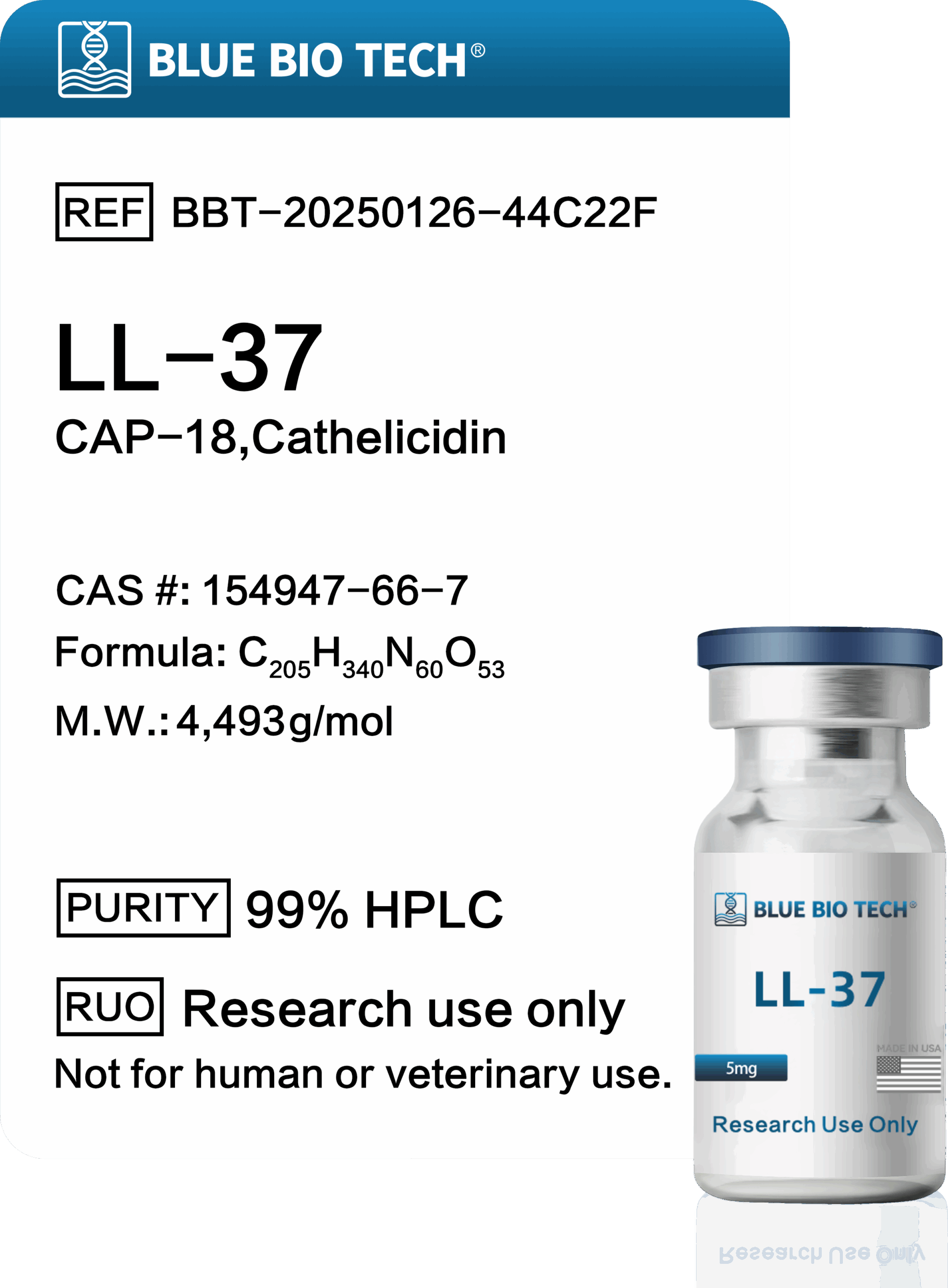
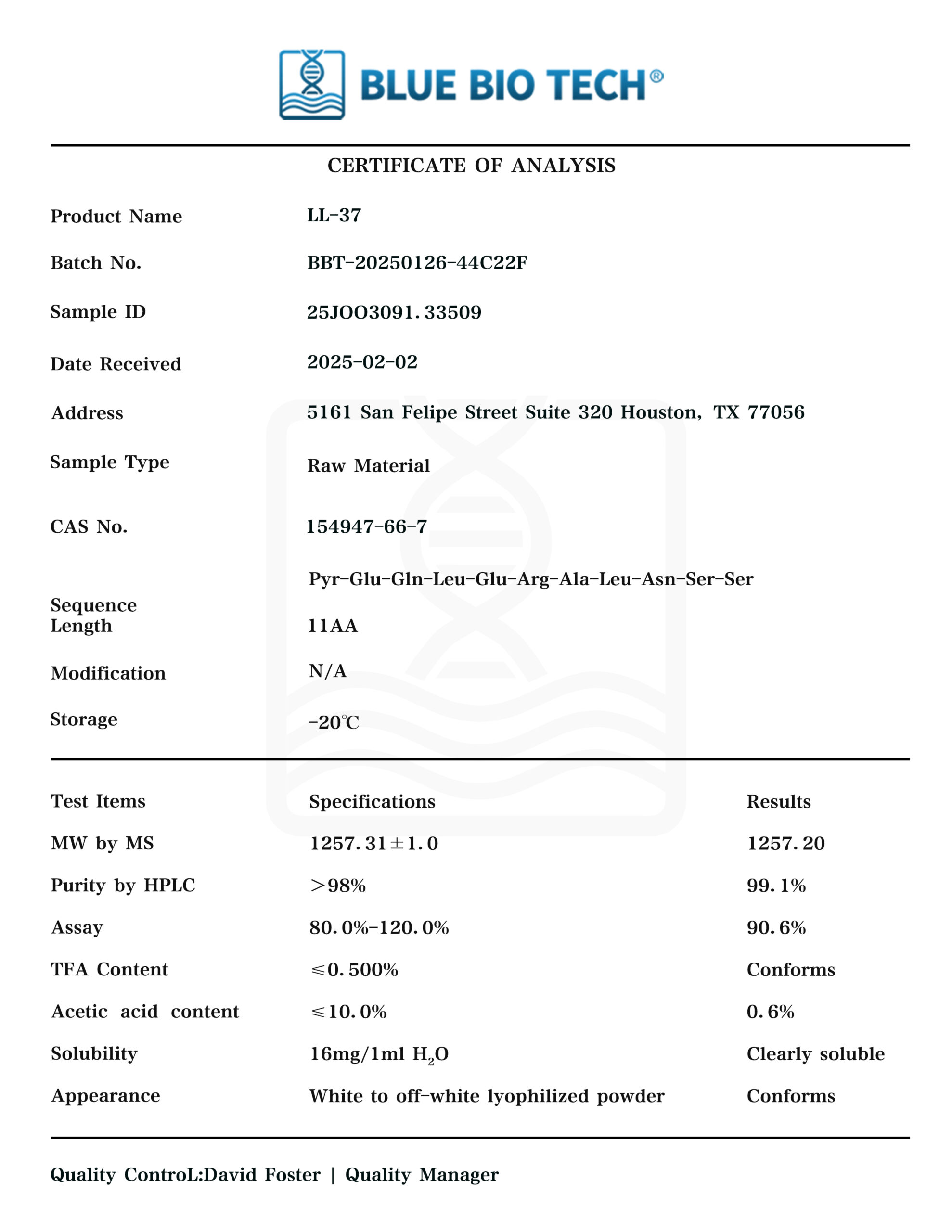
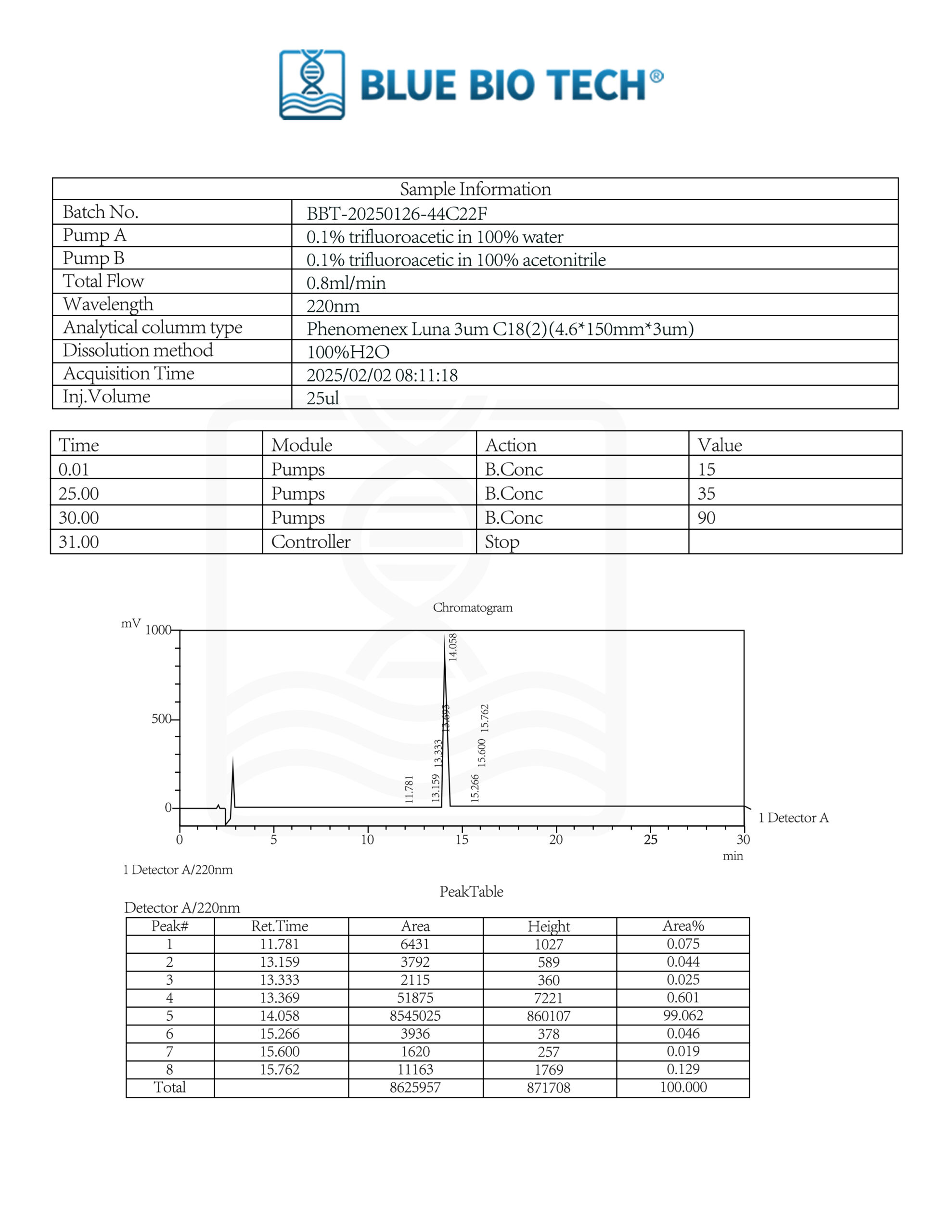
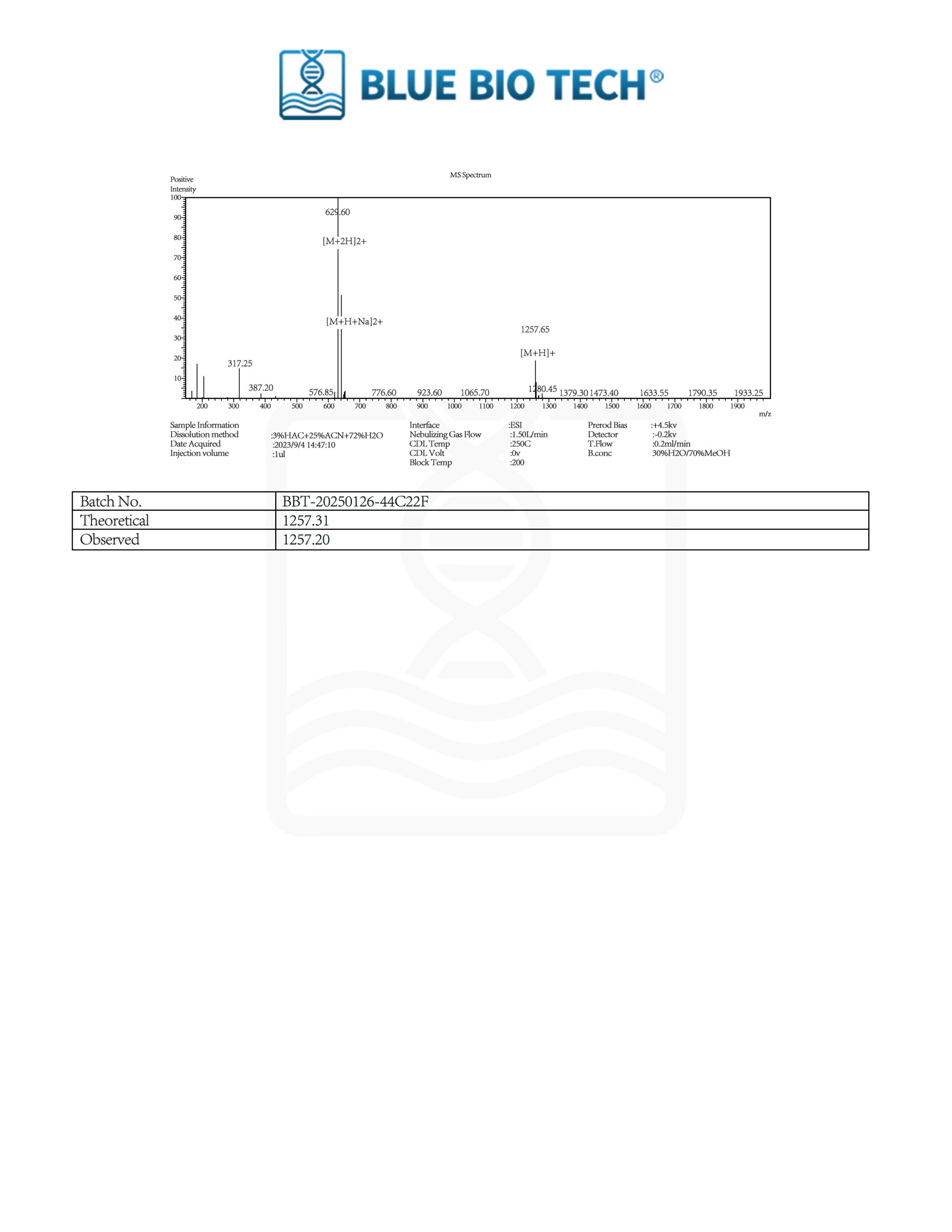
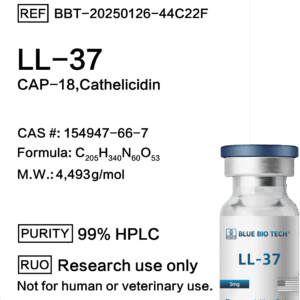
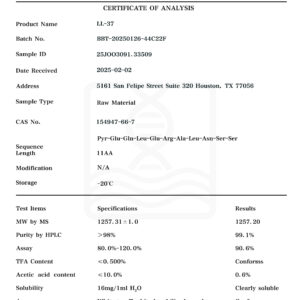
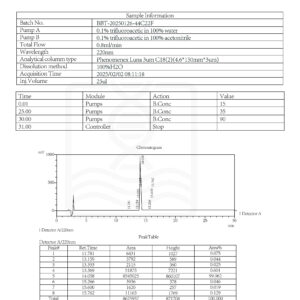
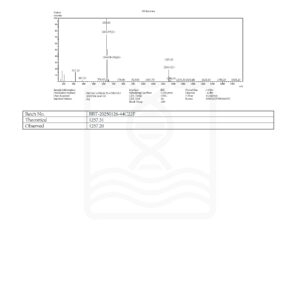
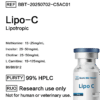
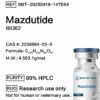
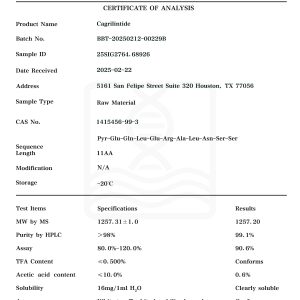
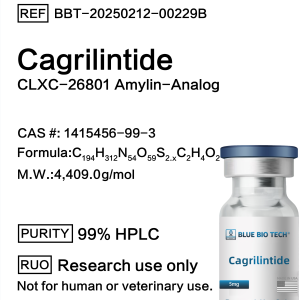
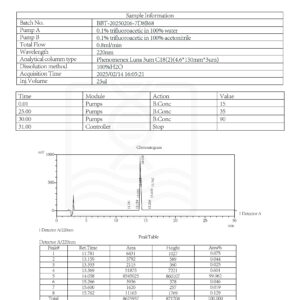
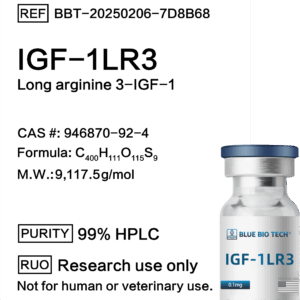
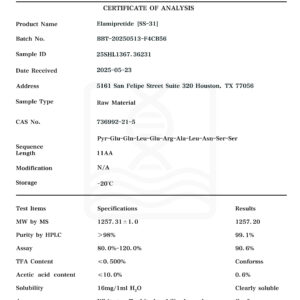
![Elamipretide [SS-31] 10mg](https://bluebiotech.us/wp-content/uploads/2025/08/Elamipretide-SS-31-300x300.png)
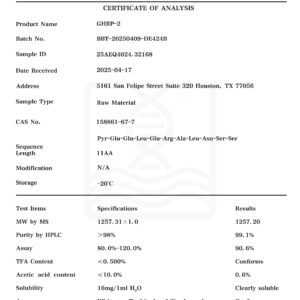
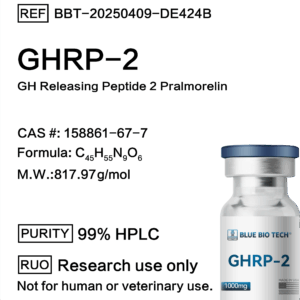

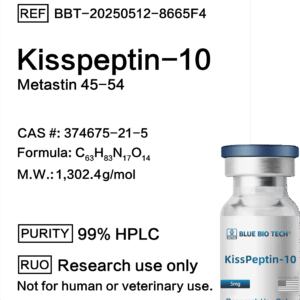
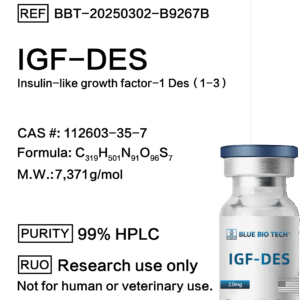
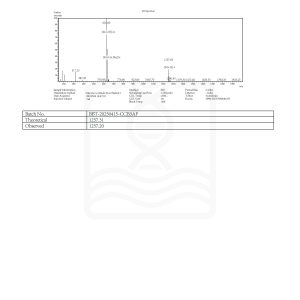

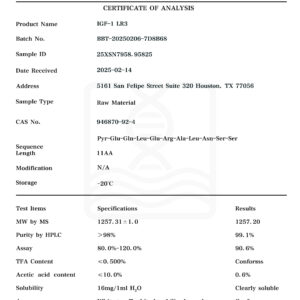
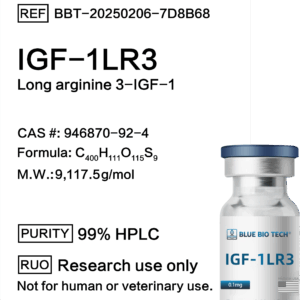
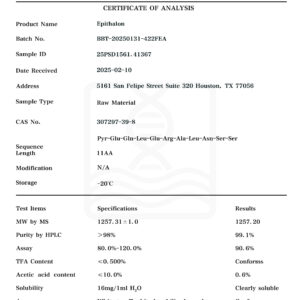
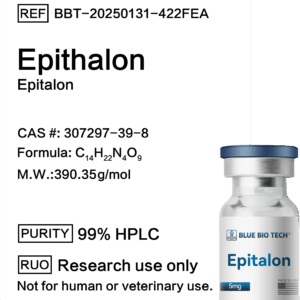
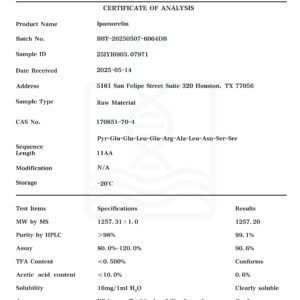
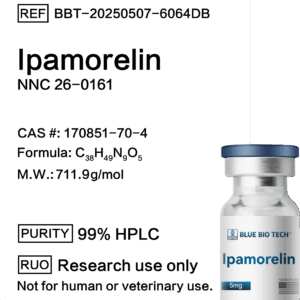

Reviews
There are no reviews yet.